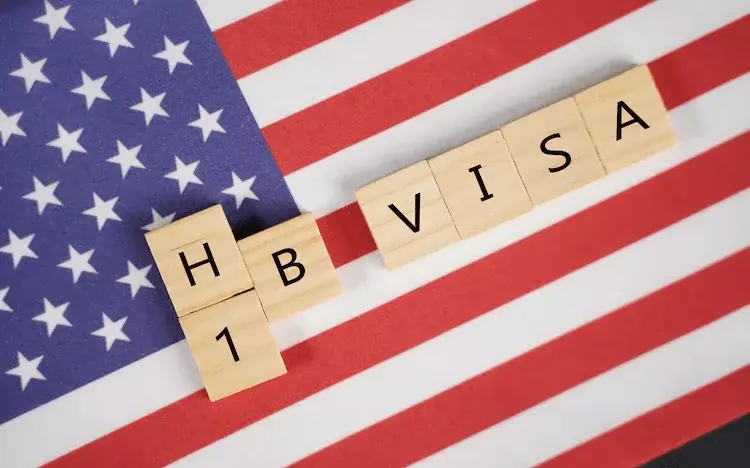Israeli forces have withdrawn from the Netzarim Corridor, a military zone that had divided northern and southern Gaza.
Following the pullout, hundreds of Palestinians traveled back to northern Gaza in cars and carts loaded with belongings, returning to scenes of widespread destruction.
The withdrawal aligns with the Israel-Hamas ceasefire agreement from January 19, which has already led to the release of 21 Israeli hostages and 566 Palestinian prisoners. By the end of the first phase of the ceasefire in three weeks, a total of 33 hostages and 1,900 prisoners are expected to be freed, though Israel states that eight of the hostages are deceased.
The conflict began on October 7, 2023, when Hamas took 251 hostages and killed approximately 1,200 people in an attack on Israel, triggering the war. Since then, Gaza's Hamas-run health ministry reports that at least 47,500 Palestinians have been killed. The UN states that about two-thirds of Gaza's buildings have been damaged or destroyed.
At the start of the war, around 700,000 residents of northern Gaza evacuated south following Israeli military orders. Many were later displaced multiple times as Israeli operations extended further into southern Gaza.
The Netzarim Corridor, which previously blocked movement between the north and south, had already seen a partial withdrawal last month, allowing pedestrians to use Rashid Street along the coast. Vehicles, however, are required to use Salah al-Din Street and pass through security checks conducted by US and Egyptian contractors.
With the latest withdrawal from the eastern part of the corridor, Israel remains in control of Gaza’s borders but no longer controls the road dividing the territory. The Hamas-run Gaza interior ministry has urged people to move cautiously and follow existing safety guidelines.
Meanwhile, an Israeli delegation is set to travel to Qatar, which has been mediating negotiations between Israel and Hamas. Israeli officials say the discussions will initially focus on technical aspects of the ceasefire deal before addressing the more complex second phase. This phase aims to secure the release of all remaining living hostages in exchange for more Palestinian prisoners and could potentially lead to a full Israeli withdrawal from Gaza. Further decisions on this matter await Israeli Prime Minister Benjamin Netanyahu, who is returning from a trip to the US.
During his visit, Netanyahu became the first foreign leader to meet with US President Donald Trump since Trump’s return to office on January 20. In a major shift in US policy, Trump proposed relocating Gaza’s entire civilian population and transforming the area into what he described as "The Riviera of the Middle East."
This suggestion, which would violate international law, has been widely condemned, including by Arab nations. Saudi Arabia’s foreign ministry declared it would reject any displacement of Palestinians and accused Israel of "ethnic cleansing." Egypt has also opposed the idea and has called for an emergency Arab League summit on February 27 to address what it described as "serious" developments for Palestinians.
Asked about Trump’s proposal, Israeli President Isaac Herzog told the BBC that new ideas were needed from the US and neighboring countries like Egypt and Jordan—nations Trump has suggested could take in Gaza’s displaced population.
"We must ensure that the events of October 7 never happen again," Herzog said, emphasizing that Hamas must no longer control Gaza.

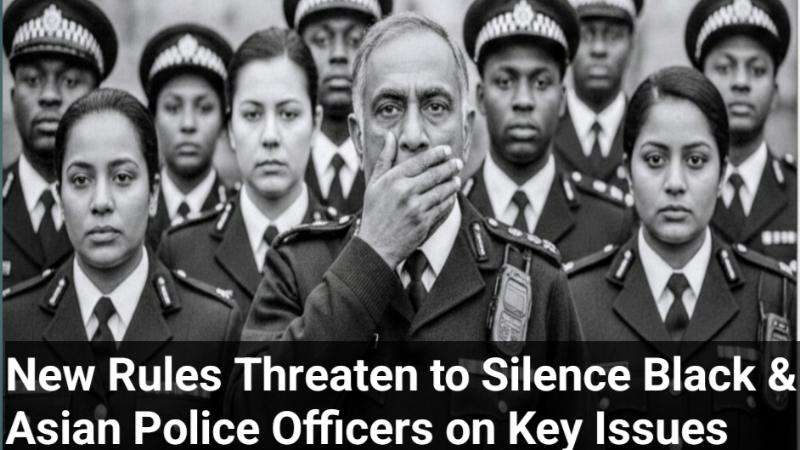

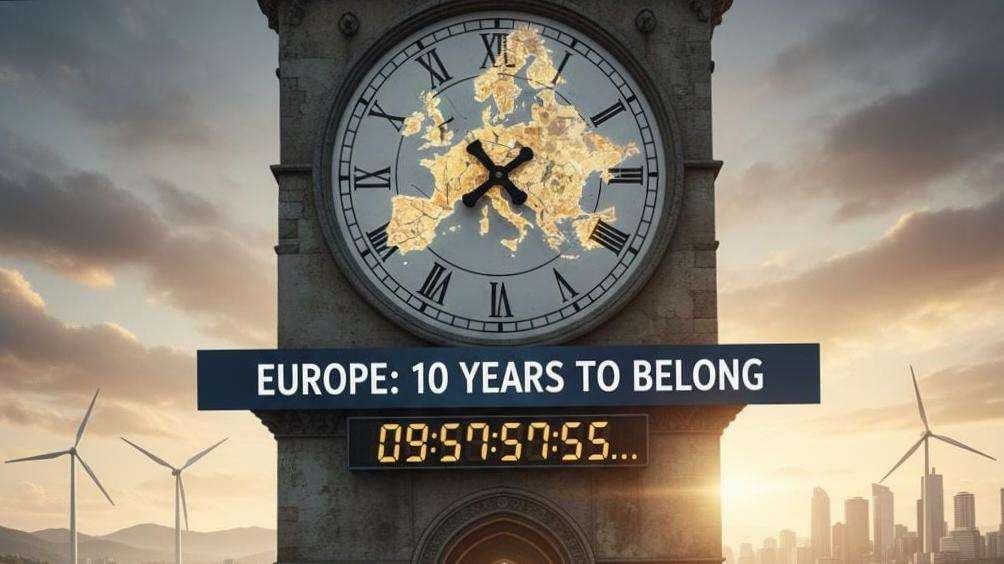
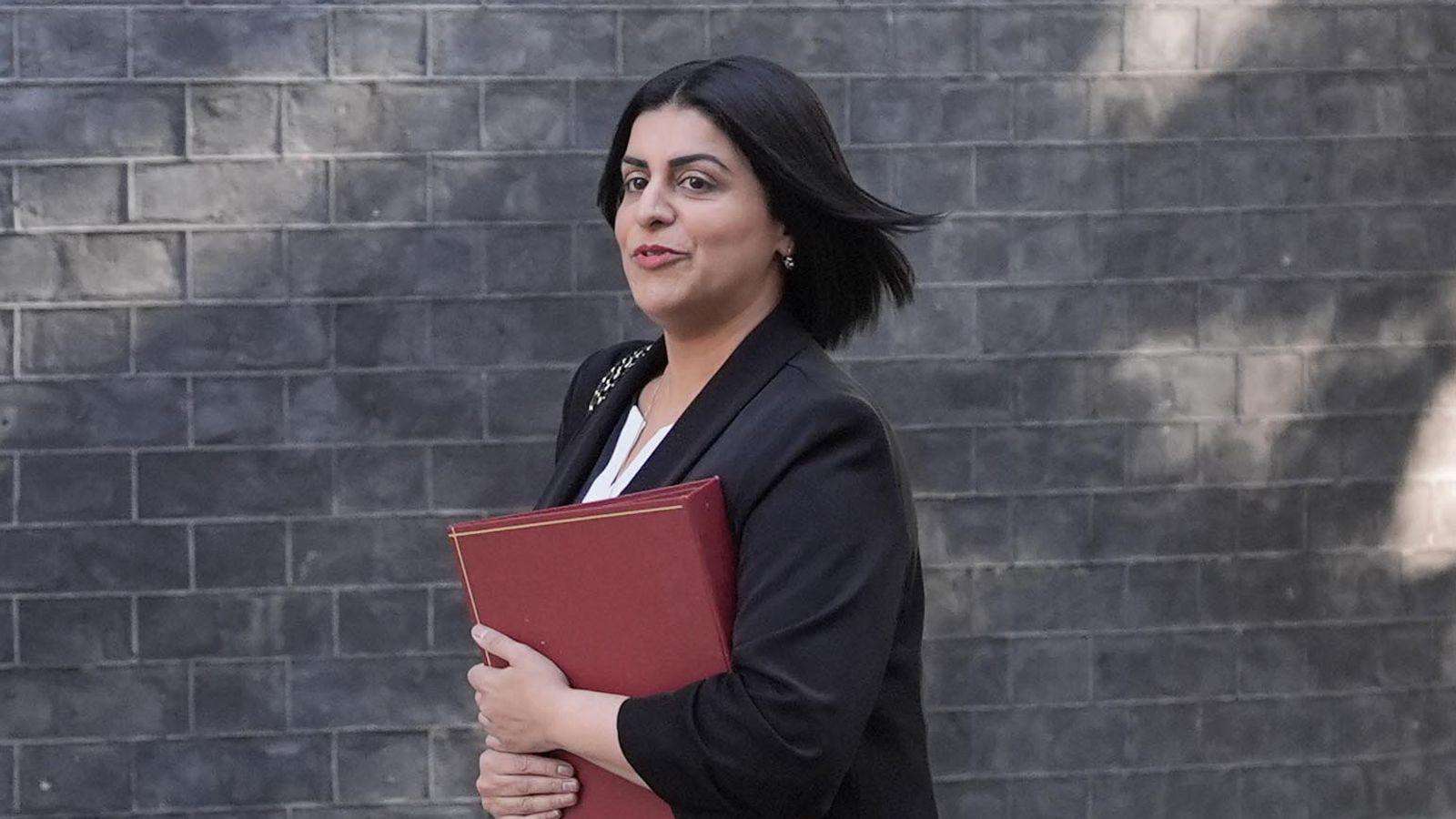


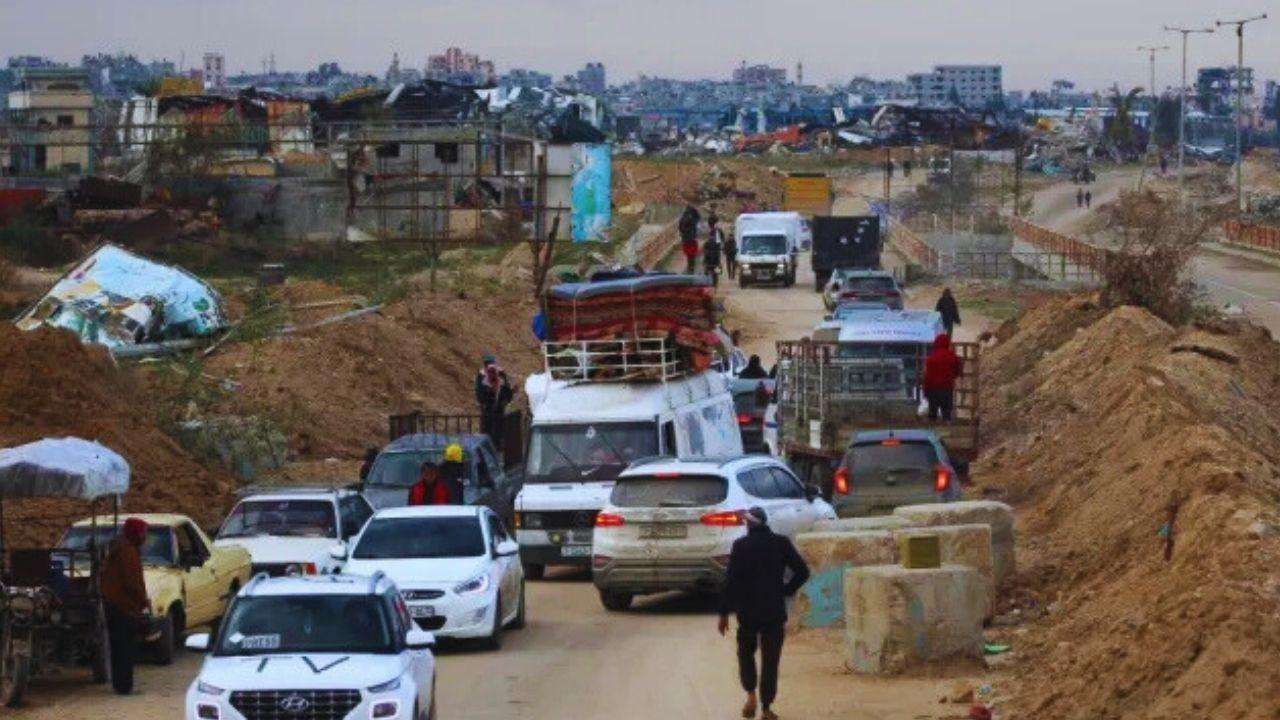
.svg)

